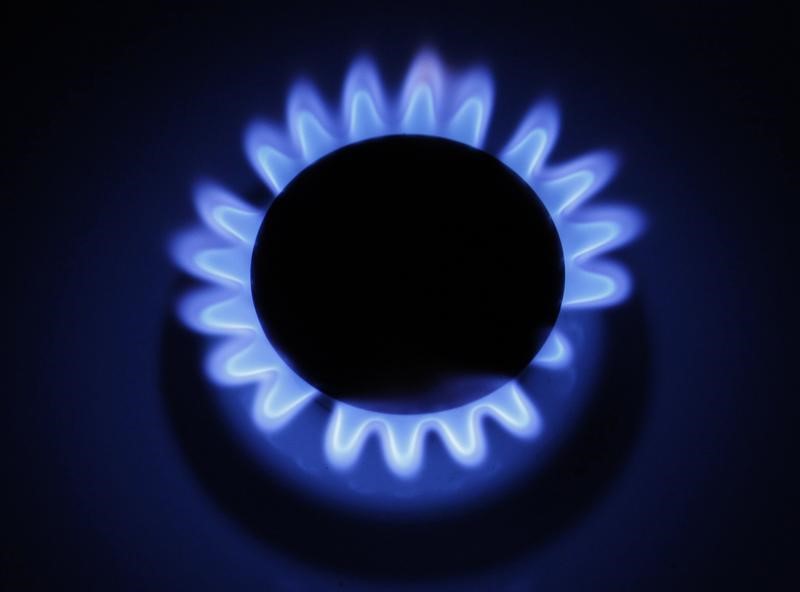By Barani Krishnan
Investing.com — Natural gas storage in the United States fell just a shade below forecast levels last week as cooler-than-normal weather from a historical perspective led to steadier heating demand, government data showed.
Utilities pulled 23 billion cubic feet, or bcf, from natural gas for the week ended March 31, leaving a balance of 1.83 trillion cubic feet, or tcf, the U.S. Energy Information Administration, or EIA, said in its latest inventory reading on gas.
Industry analysts tracked by Investing.com had forecast a draw of 21 bcf instead for the week.
Temperature analysis from Reuters-associated data provider Refinitiv showed there were around 113 heating degree days, or HDDs, last week, which was more than the 30-year average of 104 HDDs for the period.
HDDs measure the number of degrees a day’s average temperature is below 65 degrees Fahrenheit (18 degrees Celsius) to estimate demand to heat homes and businesses.
Notwithstanding the larger-than-expected draw, this year’s gas balance is one of the highest in recent memory and remains the bane of gas longs who’ve been trying to restart a spectacular rally they enjoyed just months ago, before an unusually warm winter season led to less heating demand.
The current gas storage is 32% higher from the balance at the same time a year ago, and almost 20% higher than the five-year average for storage, the EIA said.
The unusually high storage had triggered a selloff in gas futures since late last year, sending the benchmark on the New York Mercantile Exchange’s Henry Hub to current levels of around $2 per metric million British thermal units from 14-year highs of $10 per mmBtu in August.
Read the full article here



